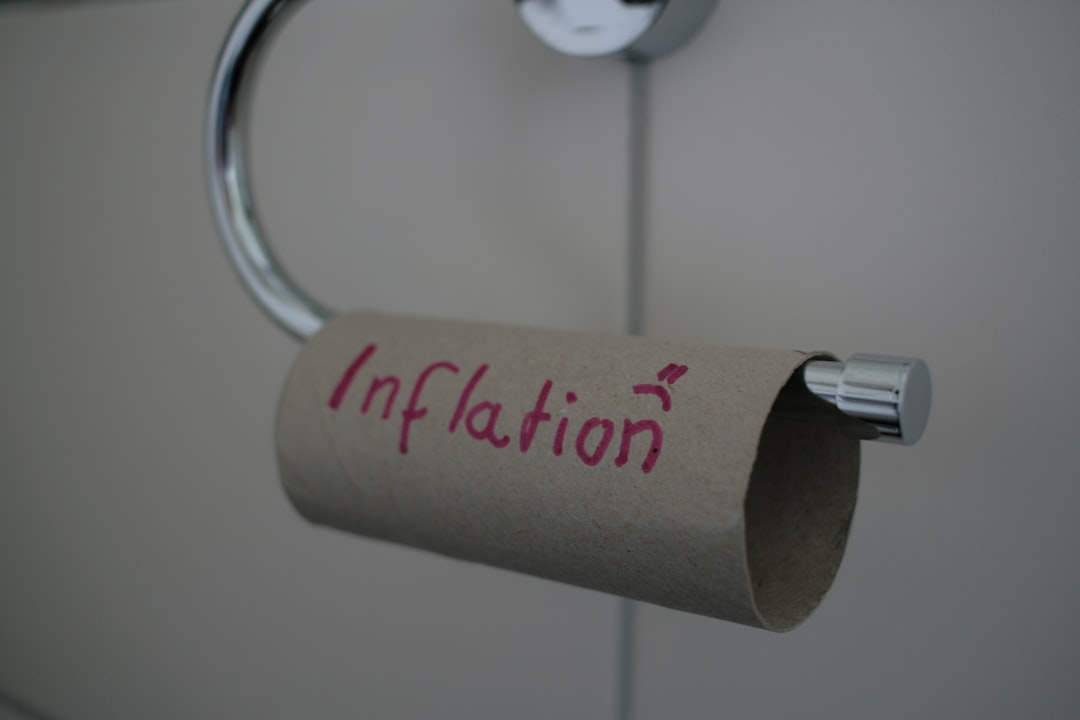Will Inflation Catch Up with Tariffs? What Investors Aren’t Seeing Yet
By Tredu.com • 2025-06-30 14:24:21
Tredu

The Lagging Impact of Trade Wars on U.S. Inflation
Despite aggressive trade policies introduced during President Trump’s term, recent U.S. inflation data appears largely stable. But according to Morgan Stanley, the effects of these tariffs are only now beginning to filter through—and may soon reshape the macroeconomic outlook. Investors expecting a benign inflation environment might be overlooking critical underlying shifts.
Current Inflation Signals Remain Mixed
May’s Personal Consumption Expenditures (PCE) index, a key metric followed by the Federal Reserve, showed little monthly change. Yet on a year-over-year basis, it remains slightly above the Fed’s 2% target.
This stability has caused some to question whether tariffs still matter. However, analysts point out that pricing impacts from trade policy typically show up with a three-month delay—meaning recent CPI or PCE readings likely understate actual cost pressures.
Why Inflation Appears Muted (for Now)
-
Delayed price transmission: Tariffs implemented in Q1 may only reflect in Q2 or Q3 data.
-
Commodity price softness: Energy and industrial metals have remained stable, offsetting input cost rises.
-
Global demand weakness: Slowing growth in China and Europe is muting upstream inflationary spillovers.
To understand commodity cost behavior better, institutional investors often rely on the Commodities API. It offers real-time pricing insights across energy, agriculture, and metals—sectors most sensitive to trade friction.
What to Expect from the Fed
Federal Reserve Chair Jerome Powell emphasized a cautious, data-driven stance in recent Congressional testimony. While market participants are pricing in a rate cut as early as September, the Fed appears unconvinced—especially without strong evidence of inflation receding or resurging meaningfully.
Morgan Stanley notes that if tariffs begin feeding into prices as expected, the next two inflation prints could shift Fed policy direction. A stronger-than-expected rise in inflation may cause the Fed to delay or even cancel anticipated rate cuts.
financialmodelingprep.com/developer/docs#economics-calendar-economics-data">Economics Calendar provides clarity on upcoming macroeconomic data releases and Federal Reserve decision timelines.
Potential Scenarios
-
Inflation ticks higher: The Fed holds rates, long-term Treasury yields rise, and inflation-sensitive sectors gain relevance.
-
Inflation remains stable: Markets may continue pricing in easing, leading to strength in growth stocks and duration-sensitive assets.
Either scenario requires investors to actively
Tactical Considerations for Investors
-
Review inflation hedges: Treasury Inflation-Protected Securities (TIPS), select commodities, and real assets may gain traction if inflation accelerates.
-
Reassess sector exposure: Companies highly dependent on imported inputs may face margin pressure as cost pass-throughs rise.
-
Follow the data, not the sentiment: Macro releases will shape Fed decisions and market direction—react to data, not consensus.
Conclusion
The absence of sharp inflation increases doesn’t mean tariffs are irrelevant. Their economic impact, particularly on pricing, is often delayed but not diminished. As upcoming data reflects trade-driven cost pressures, investors should prepare for renewed inflation discussions and potentially unexpected shifts in Federal Reserve policy.
Staying ahead requires more than a headline view—it demands granular data awareness and timely interpretation.
For a deeper view into inflation indicators and macro releases, explore:
-
Economics Calendar – Track key releases and Fed timelines
-
Commodities – Monitor real-time commodity prices affected by tariffs